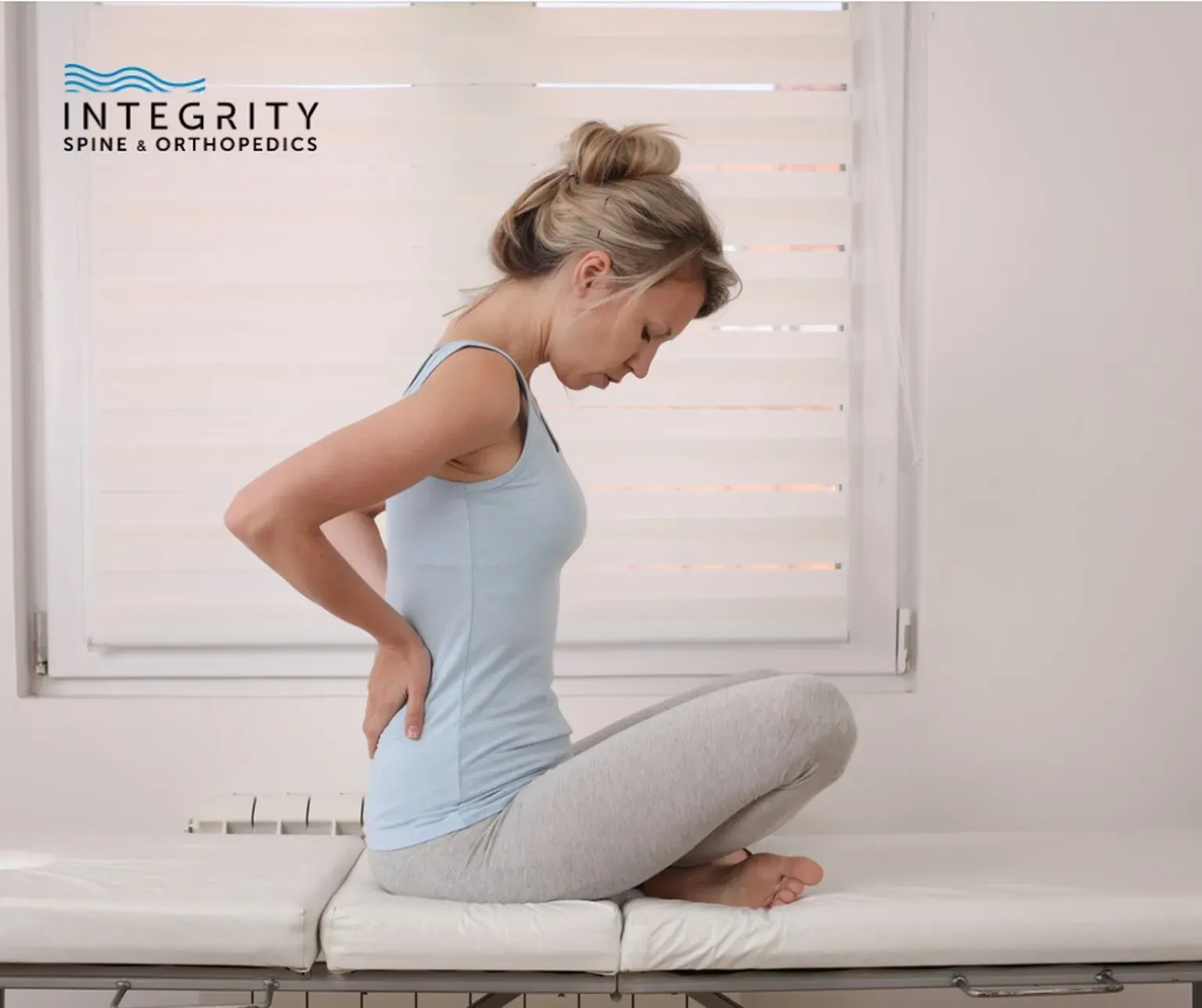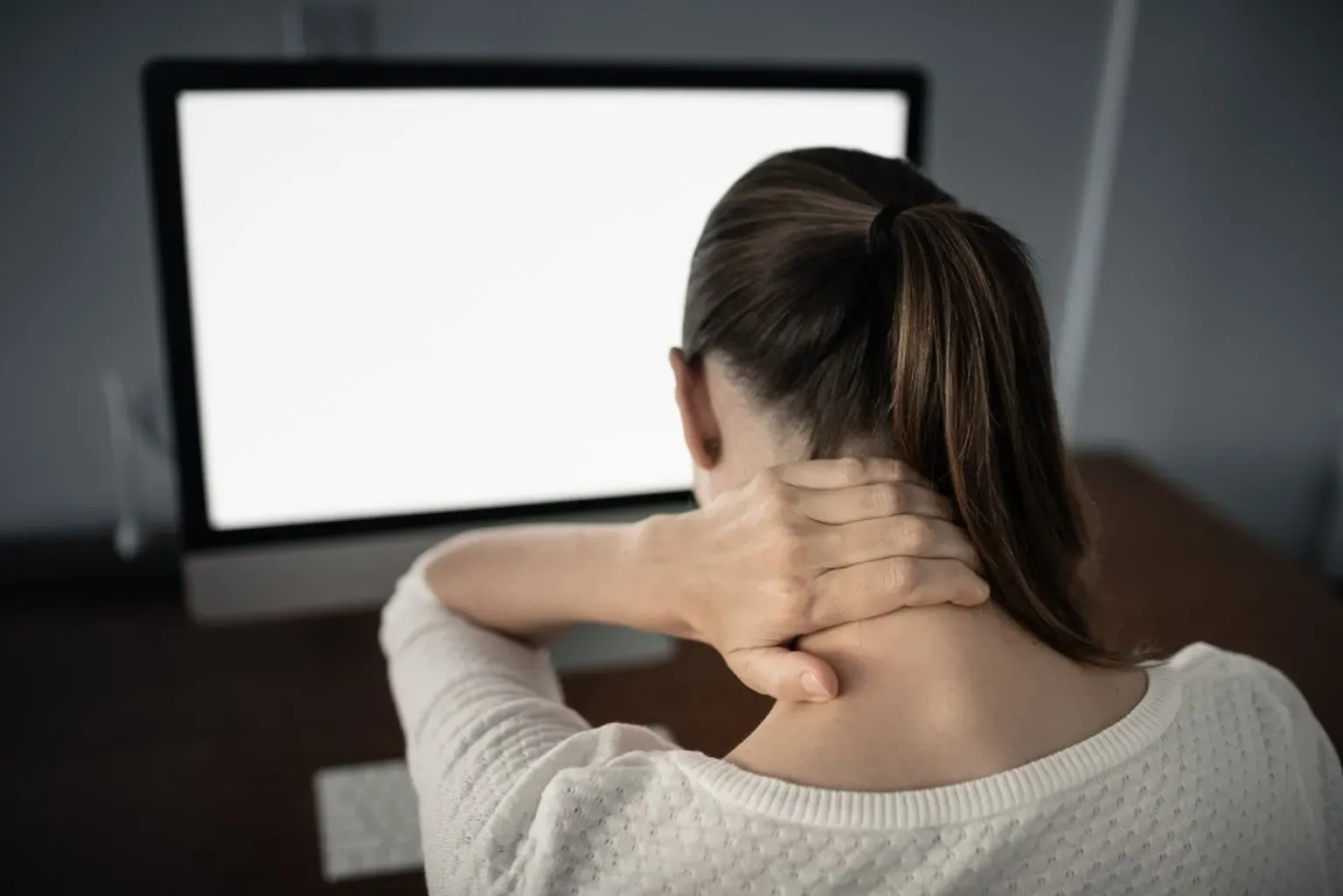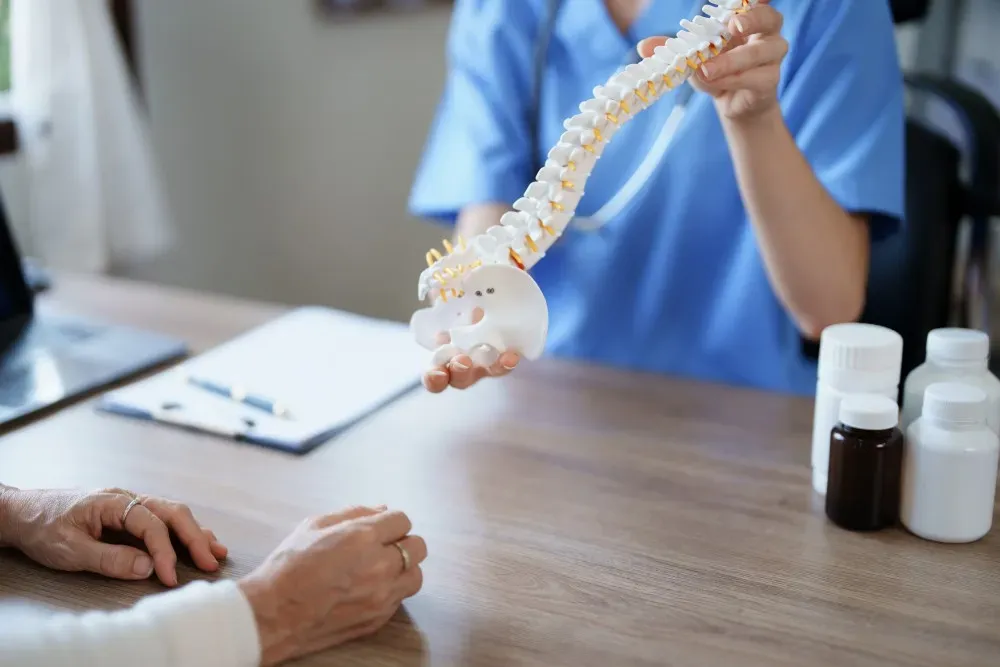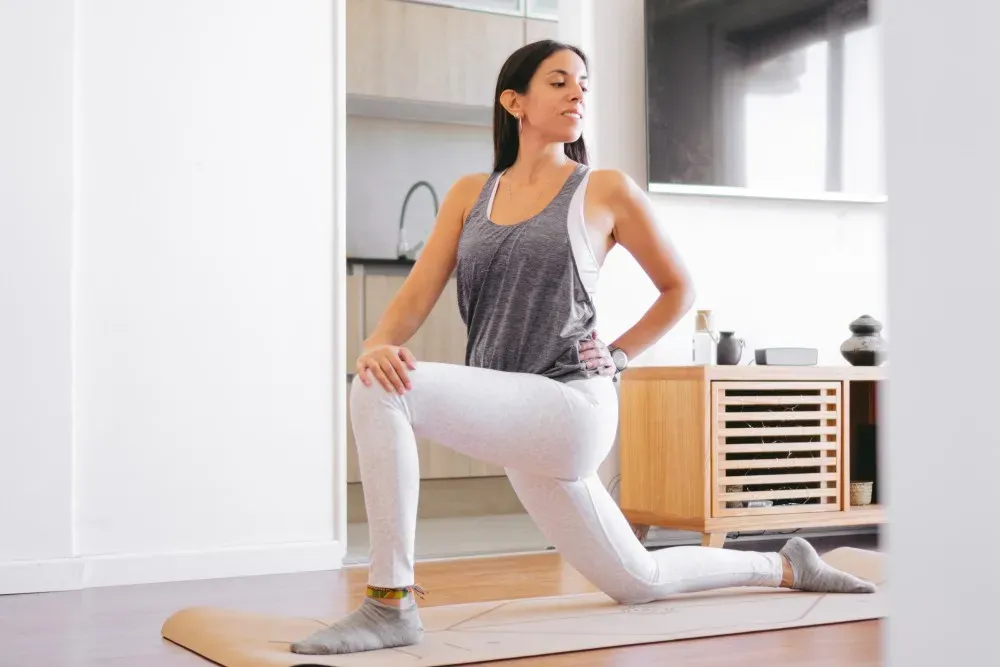Neurosurgery & Orthopedic Surgeons in Jacksonville

What Are Bone Spurs?
Bone spurs — also called osteophytes — are smooth, hard overgrowths of bone that form on bone edges. These bony projections develop in joints, where 2 bones meet. They commonly form on the joints of your hands, neck, shoulders, hips, knees, spine and heels.
Bone spurs — also called osteophytes — are smooth, hard overgrowths of bone that form on bone edges. These bony projections develop in joints, where 2 bones meet. They commonly form on the joints of your hands, neck, shoulders, hips, knees, spine and heels.
Many cases of bone spurs are non-symptomatic and non-painful. You may have them for years without knowing it, and many people only learn they have them after receiving an X-ray for a different condition.
Bone spurs are primarily a repair response from the body — they develop when the body detects inflammation or injury surrounding a bone or joint and attempts to fix the damage by adding triggering new bone growth at the affected area.
Keep reading our comprehensive guide to learn more.
WHAT CAUSES BONE SPURS?
Joint damage from osteoarthritis is the most common cause of bone spurs. Osteoarthritis causes deterioration of the protective cartilage that cushions joints. The body attempts to repair the damage by stimulating new bone growth in the affected areas. Similarly, bone spurs commonly form on the spine when the protective discs and ligaments between vertebrae suffer degeneration, wear and tear with age. Conditions that place you at higher risk for developing bone spurs include osteoarthritis, arthritis and spinal stenosis (narrowing of the spinal canal).
Bone spurs may also form when you experience inflammation, injury or excess stress and pressure around joints or tendons. Your body stimulates new bone growth as a response to try and repair the damage. You may develop bony projections as a result of:
- Inflammatory forms of arthritis like rheumatoid arthritis, gout and lupus
- Inflammatory injuries like tendonitis and plantar fasciitis
- Overuse injuries from activities that place a lot of stress and pressure on joints, like running or dancing
- Obesity
Genetics and existing structural defects in the spine may also contribute to the development of bone spurs.
SIGNS AND SYMPTOMS
Some people experience no pain or symptoms from bone spurs. If you do have symptoms, they may vary depending on where the bone overgrowth is located. Pain and symptoms are a result of the bony projections pressing against, pinching or irritating surrounding muscles, bones, tissues or nerves.
Common symptoms include:
- Joint pain
- Swelling
- Stiffness
- Loss of joint mobility and movement
In some cases, bone spurs may cause more significant injuries to develop. In the shoulder joint, bony projections may develop and press against the tendons and tissues, causing pain, inflammation and weakness. Over time, the pressure can cause a tendon tear known as a rotator cuff tear.
In the spine, bony projections may pinch and compress nerves moving in and out of the spinal cord. Nerve compression can cause pain, weakness, numbness and sciatica in the body parts affected by the pinched nerve.
See a doctor if you experience persistent joint pain or swelling, or difficulty moving the affected joint.
TREATMENT OPTIONS
Bone spurs don’t require treatment unless you’re experiencing symptoms. For mild cases that don’t affect your ability to function, your doctor may recommend the following:
1.) Rest. If certain exercises and movements make symptoms worse, then limit aggravating activities for a few days to relieve pain and inflammation. You can also use cold compresses to soothe pain and swelling in the affected area.
2.) Pain medications. Over-the-counter pain medications can help ease pain and inflammation.
3.) Corticosteroid injections. Steroid injections can help ease pain and reduce inflammation and irritation in the affected area. The effects of injections are temporary and wear off over time.
4.) Physical therapy. Physical therapy can help you learn exercises to strengthen and protect your muscles and joints. A therapist can also teach you proper posture and body positioning techniques to limit your risk of placing undue stress and pressure on your joints.
If bone spurs cause you significant pain, loss of range of motion or loss of movement, then you may need surgery to remove the extra bone.
TIPS FOR PREVENTION
It’s not always possible to prevent bone spurs, especially if you have a condition like arthritis or spinal stenosis. However, the following self-care steps can help you lower your risk for developing some types of bone spurs. These steps can also help reduce and manage pain and inflammation from existing bone spurs.
1.) Maintain a healthy weight. Excess weight places more pressure on your joints and spine, which can cause wear and tear over time.
2.) Wear supportive shoes. Wear shoes with proper heel and arch support to protect the muscles, tendons, ligaments and joints in your feet and ankles.
3.) Practice good posture. Practice good posture and body positioning when you sit, stand and sleep to protect your back and the alignment of your spine and spinal cord.
4.) Exercise regularly. Strengthen your joints and muscles with weight-bearing exercises.
5.) Eat a healthy, balanced diet. Eat a diet rich in whole foods, fresh fruits and veggies. Include plenty of calcium and vitamin D for bone strength. Eating a healthy diet can help you maintain a stable weight and reduce inflammation in the body.
INTEGRITY SPINE AND ORTHOPEDICS TREATS BACK AND JOINT CONDITIONS
At Integrity Spine and Orthopedics, our board-certified team of doctors specializes in general orthopedic care, pain management, regenerative medicine and minimally invasive spinal procedures to treat a wide range of back, muscle and joint conditions. Whether you’re experiencing chronic pain, or you’ve suffered a recent injury with pain, we have the experience necessary to take swift action in diagnosing and treating your condition so you can get back on your feet as soon as possible.
Call us today at 904-456-0017 to schedule an appointment. We also offer free MRI reviews to qualified patients — contact us today for more information.




